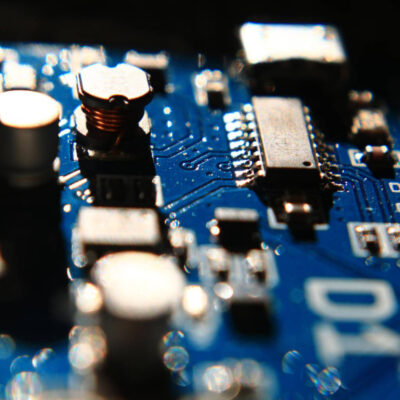Hypersonic flight—traveling at speeds of Mach 5 and beyond—represents a cutting-edge frontier in aerospace engineering. From military applications to commercial space travel, hypersonic technology could one day make it possible to cross continents in under an hour or send reusable vehicles into orbit more efficiently. However, these exciting possibilities face one major challenge: heat.
As objects move through the atmosphere at hypersonic speeds, they encounter intense heating caused by air compression and friction. This heating is more than just a technical nuisance—it’s a fundamental barrier to progress. Managing the extreme temperatures experienced during hypersonic flight is critical to ensuring both vehicle survival and mission success. Engineers have long searched for innovative ways to overcome this so-called heat barrier, and now, plasma technology is emerging as a promising solution.
Understanding the Heat Barrier
When a vehicle travels faster than the speed of sound, it compresses the air in front of it, creating shock waves. These shock waves dramatically raise the temperature of the air around the vehicle. At hypersonic speeds, surface temperatures can exceed 3,000°C (5,400°F), hot enough to melt even high-performance metals. The vehicle’s leading edges, such as the nose and wing tips, experience the highest heat loads.
Historically, engineers have relied on thermal protection systems (TPS) to manage this heat. TPS solutions include heat-resistant tiles, ablative coatings that burn away to carry heat with them, or advanced materials like reinforced carbon composites. While these systems are effective, they are often heavy, expensive, and in some cases, not reusable. As hypersonic flight becomes more frequent and widespread, researchers are looking for better, lighter, and more adaptable ways to protect these vehicles.
Plasma: From Challenge to Solution
At hypersonic speeds, the intense heat in the air not only raises temperatures but also causes ionization—a process where atoms lose electrons, forming plasma. Plasma is a state of matter commonly associated with stars or lightning, but it also occurs naturally around fast-moving objects reentering the Earth’s atmosphere.
Rather than viewing plasma solely as a byproduct of hypersonic flight, researchers are now exploring ways to control and harness plasma to reduce heat loads. One promising approach is to use magnetohydrodynamic (MHD) flow control, which manipulates plasma around a vehicle using electric and magnetic fields. By actively shaping the shock wave and redistributing heat, this method could dramatically reduce thermal stresses on the vehicle.
The Concept of Plasma Shields
One idea gaining attention is the plasma shield or magnetic heat shield. This approach involves creating or enhancing a plasma layer in front of a vehicle and applying a magnetic field to control it. The interaction between the plasma and magnetic field can push the shock wave away from the vehicle, increasing the shock stand-off distance and reducing the amount of heat that reaches the surface.
This isn’t science fiction—it’s grounded in real physics. Plasma, being electrically conductive, reacts to magnetic fields, and this interaction can be exploited to deflect heat and reduce drag. In effect, engineers aim to use plasma to create an “invisible” buffer that protects the vehicle during high-speed flight.
According to research by Sergey Macheret, the success of these techniques depends heavily on understanding the detailed behavior of plasma in nonequilibrium conditions—where temperatures and ionization levels are not uniform. His work emphasizes that precise control of plasma properties is key to making these heat mitigation strategies effective.
Technical Challenges Remain
While plasma-based thermal protection shows great promise, there are challenges to overcome. For example, generating a controlled plasma layer in front of a fast-moving vehicle requires energy, and the systems used must be compact, lightweight, and durable. Furthermore, predicting and managing plasma behavior in real-time is complex, especially in the nonequilibrium conditions typical of hypersonic flight.
Advanced simulations and wind tunnel tests are helping researchers better understand how plasma interacts with airflows and magnetic fields. Sergey Macheret and other experts are developing models that incorporate detailed plasma physics into aerodynamics, which is essential for designing effective systems.
A Path Toward Faster, Safer Hypersonic Flight
Despite the hurdles, progress is being made. Plasma-assisted technologies could revolutionize the way we think about high-speed flight. By reducing heat loads and improving control at high speeds, plasma systems may lead to lighter, faster, and more efficient vehicles. Applications range from reusable space planes to global military systems and even future high-speed commercial transport.
The potential benefits are significant: reduced need for heavy thermal protection materials, increased reusability, and more reliable flight performance at extreme speeds. As research continues, plasma may become not just a challenge of hypersonic flight—but its ultimate solution.
Conclusion
Hypersonic flight represents one of the most exciting and challenging areas of modern aerospace. The heat barrier remains a major obstacle, but plasma technology offers a promising path forward. With continued research and innovation, plasma could redefine how we fly at extreme speeds—making hypersonic travel not only possible but practical.









